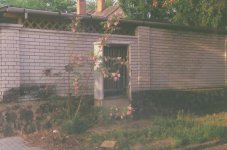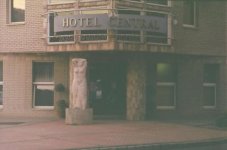tho60
Well-known
Hello!
Following the instructions found on the Internet, I have repaired my Fed-2 camera. However, the pictures did not succeed; an overall low contrast and blurred objects occurred. Before shooting I have checked the camera with CRT tester and groundglass projection at 2.24 m distance. CRT test showed a very slight unparallelism; I thought it could not affect the pictures. I cleaned and relubed the gears and drums and supposedly fixed the earlier mentioned problems.
Groundglass projection certified that both of my J-9s were absolutely on spot, but with a normal lens there were some discrepancy. The same results repeated with a Zorki-4 body, so I meant it did not matter; it was due the camera construction. (I was very happy and overjoyed that Jupiter-9 lenses were collimated properly!) I used a Lunasix-F exposure meter, so I marvelled at overall underexposure. I cannot explain the low contrast as well. Lens hood was fitted.
Knowing these, what might have been happened?
Following the instructions found on the Internet, I have repaired my Fed-2 camera. However, the pictures did not succeed; an overall low contrast and blurred objects occurred. Before shooting I have checked the camera with CRT tester and groundglass projection at 2.24 m distance. CRT test showed a very slight unparallelism; I thought it could not affect the pictures. I cleaned and relubed the gears and drums and supposedly fixed the earlier mentioned problems.
Groundglass projection certified that both of my J-9s were absolutely on spot, but with a normal lens there were some discrepancy. The same results repeated with a Zorki-4 body, so I meant it did not matter; it was due the camera construction. (I was very happy and overjoyed that Jupiter-9 lenses were collimated properly!) I used a Lunasix-F exposure meter, so I marvelled at overall underexposure. I cannot explain the low contrast as well. Lens hood was fitted.
Knowing these, what might have been happened?





